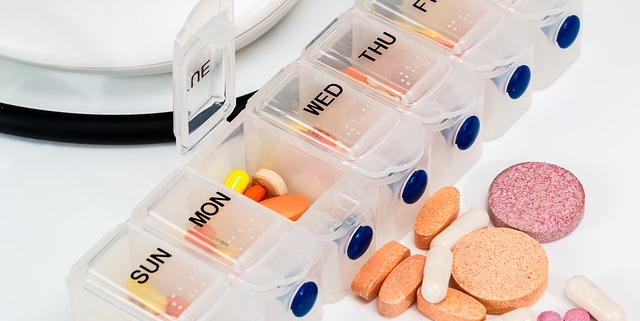Angiotensin II Receptor Blockers – Health Canada Risk Management
Health Canada has responded to the growing concern over nitrosamine impurities contained in drug products by publishing interim acceptable upper limits for nitrosamines in drugs sold/imported into Canada. This decision is based on the fact that N-nitrosamines exhibit or likely exhibit potential carcinogenic effects.
In co-ordination with the new limits Health Canada has provided insight into the terms and conditions that will be listed on drug establishment licenses for sellers of Angiotensin II Receptor Blockers known as “sartans” in Canada. As per regulation C.01A.008(4) of the Food & Drug Regulations Health Canada may set out additional criteria for drug establishment licenses, such as introducing terms and conditions to prevent injury to the health of consumers. These terms and conditions must be met by all license holders, and in this specific case before importing sartan products, and are listed below:
1) Prior to sale on the Canadian market, sartan products must be tested for nitrosamine impurities. The sartan products must be tested using method(s) capable of detecting the following nitrosamine impurities, testing may be conducted on the API or finished product: N-Nitrosodimethylamine (NDMA), N-Nitrosodiisopropylamine (NDIPA),-Nitroso-N-methyl-4-aminobutyric acid (NMBA), N-Nitrosodiethylamine (NDEA) and N-Nitrosoethylisopropylamine (NEIPA).
2) All testing must be conducted using validated test methods. Testing must be conducted by a facility deemed to be GMP compliant by Health Canada.
3) For products that are on the Canadian market, the importer must notify Health Canada within 24 hours of detecting the nitrosamine impurities above the interim acceptable concentration limits set by Health Canada.
4) Prior to sale onto the Canadian market, sartan products found to contain the nitrosamine impurities above the interim acceptable concentration limits cannot be sold.
5) If nitrosamine impurities are found to be above the interim acceptable concentration limits as a result of the aforementioned testing, an investigation must be conducted by the foreign building to determine the root cause prior to continued importation into Canada. Health Canada may request the importer to provide the root cause analysis at any time.
6) If a sartan product contains multiple nitrosamine impurities and each nitrosamine impurity is below the interim acceptable concentration limit importers must notify Health Canada within 24 hours of becoming aware of the test results.
As of October 2019, the investigation into the formation of the nitrosamine impurities has yet to be finalized; however based on the current view of regulatory agencies, the nitrosamine contamination could result from the following factors:
- Active pharmaceutical ingredient (API) manufacturing
- Contaminated starting materials
- Drug product manufacturing
Moving forward Health Canada expects market authorization holders to perform a risk assessment for their impacted drug products with consideration of the potential for any nitrosamine impurity. These assessments should be conducted in an expeditious manner and completed by April 2, 2020. After September 30, 2020, the acceptable concentration limits are expected to be reduced significantly by Health Canada. As the situation evolves, Health Canada may also modify the terms and conditions or take other actions necessary to protect the health and safety of Canadians.
It will be of course interesting to see if Health Canada broadens its efforts to evaluate the potential for nitrosamines in drugs other than sartans and makes any necessary adjustments to the Food & Drugs Act.
The scope of good manufacturing practices in Canada has expanded since 2013 to include active pharmaceutical ingredients (API). APIs may only be used in drug products if the APIs are produced by a GMP compliant site. The challenge of impurity investigation relies heavily on the co-operation of Canadian sites with their foreign API and drug product sources and these groups will need to join forces in order to properly identify and investigate potential sources of contamination.
For the latest information on sartans, refer to the following Health Canada website: https://www.canada.ca/en/health-canada/services/drugs-health-products/compliance-enforcement/information-health-product/drugs/angiotensin-receptor-blocker.html.





